Does Peel and Stick Wallpaper Damage Walls?
Since first giving it a try in our Kansas family room (3 homes ago!), peel and stick wallpaper has become one of my favorite and most-used “tools” in my rental decor toolbox. Not only does it allow me to completely change the look of a room without opening a can of messy paint, but it’s also fast, (relatively) affordable, and totally temporary! In fact, if you look at almost every single roll of peel and stick wallpaper, you will see words such as removable, repositionable, temporary, easy removal, perfect for renters, and more! Yet even with showing it in home after home here on the blog, the number one question I still get is: “But Megan, is it really removable? Does peel and stick wallpaper damage walls?” Since I’ve now peeled wallpaper off over a dozen different walls, I feel fully qualified to answer this question for you! Let’s get to it!
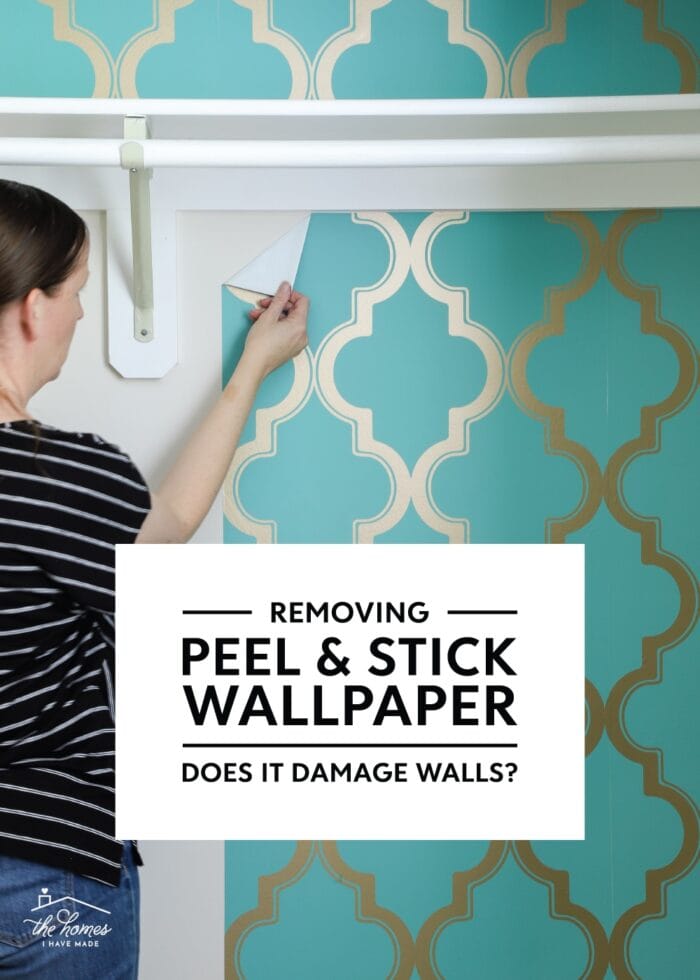
I (Clearly) Love Peel and Stick Wallpaper
I’ve now hung peel-and-stick wallpaper on a dozen+ different walls, ranging from smaller areas like closets and nooks to larger surfaces such as backsplashes and feature walls (and lots of furniture projects in between!)
I’ve applied it to smooth walls and textured walls. Walls with flat paint and walls with glossy paint. I’ve used cheap wallpaper and expensive wallpaper. And I’ve hung it in bathrooms, kitchens, bedrooms, and family spaces…in both dry and humid climates.
Curious to see my application process? See it here: How to Hang Peel and Stick Wallpaper
While I do get lots of questions asking if peel and stick wallpaper really stays up (Spoiler: I’ve NEVER had wallpaper fall down), there is definitely one question I get far more…
Does Peel and Stick Wallpaper Damage Walls?
While I don’t know everything about self-adhesive wallpaper, I’ve both put it up AND taken it back down a lot. So here is my answer based on my own personal-but-extensive experience: It might, but it probably won’t. And if it does, it’s easy to fix.
I realize that’s not super clear or straight forward, so let me elaborate.
Does Peel and Stick Wallpaper Leave Behind Residue?
On painted drywall? No, I’ve never had peel and stick wallpaper leave behind residue on walls.
I have had peel and stick wallpaper leave behind residue on tile floor and wood surfaces (e.g., wooden furniture, inside drawers/cabinets).
Does Peel and Stick Wallpaper Pull Off Dry Wall?
No. In all the wallpaper I have removed, I have not once had peel and stick wallpaper damage or pull off chunks of dry wall. Ever.
Does Peel and Stick Wallpaper Pull Off Paint?
Yes, it can. Peeling off the top layer of paint will most likely be the extent of the damage incurred from peel-and-stick wallpaper.
That said, while it can happen, it doesn’t always. And if the wallpaper does peel up some paint, it is usually in small, limited patches (not large strips).
Below is a shot of some peel and stick wallpaper I recently removed while moving out of our most recent rental home in Northern Virginia. As you can see, the back (sticky side) of the wallpaper has a single 3-4″ patch of paint adhered to it:
And here is how the wall looked where it was left behind:
Clearly, this is not “damage free.” But I want to emphasize that this doesn’t always happen, AND this is about as bad as it will get.
Factors That Can Affect How Well Peel and Stick Wallpaper Comes Off Walls
Interestingly, until our most recent rental home in Northern Virginia, I never had peel and stick wallpaper peel off paint. However, in taking it all down, we had peeled paint on 3 of 6 walls. I certainly haven’t conducted any highly controlled experiments, but I do have a hunch there are a few factors that affect how cleanly wallpaper comes down:
- Wall Texture – Although it’s not recommended that wallpaper be hung on textured walls, I’ve done so without any issue. And interestingly, I think the texture might help here. Because of the uneven surface, the paper isn’t 100% adhered to the wall…which might help it come off without issue. In the instances I’ve had paint peel from wallpaper, the walls were perfectly smooth.
- Paint Sheen – In the same way that high gloss or semi-gloss walls clean up easier (from crayon, smudges, etc), I suspect wallpaper removes cleaner from these shiny surfaces as well. In my personal experience, paint was more likely to peel with flat paint and less likely to peel with gloss, semi-gloss, satin, and even eggshell sheens.
- Paper Quality – These days, peel and stick wallpaper is made by a wide range of manufacturers at a variety of price points. While I can’t say for sure, I assume each company has their own (albeit similar) adhesive formula, so some simply might be more prone to peeling paint than others. (See below for my most recommended papers.)
- Duration of Application – The wallpapers in our Virginia home were up for far longer than papers in any of our other homes (3 years compared to 1-2 years). Again, I can’t say for sure; but it’s possible that the longevity of the paper on the walls caused it to adhere more fully, resulting in some paint pulling away upon removal.
My Personal Picks for Damage-Free Wallpapers
This post is filled with disclaimers, and here is one more: I have not used or tested every single wallpaper brand out there (there’s so many now!) I also can’t guarantee one product over another because, as mentioned above, there is a wide variety of factors that can affect how a paper both adheres to and comes off a wall.
That said, based on my personal observations, I’ve honed in on a wallpaper brand that seems to come down cleaner than others: Target’s Threshold & Devine Color Wallpapers.
Time and time again, this paper has come down practically perfect in every home so far (and I’ve used it in Kansas, California, and Virginia). I also find the Target papers to be a perfect combination of quality and price, so it’s my go-to all the way around!
How to (Properly) Remove Peel and Stick Wallpaper
I have to giggle at that heading because who knew peel and stick wallpaper had a “proper” removal process. Don’t you just peel it off the wall? In short, yes! But there are a few things you can do to mitigate any (slight) damage the paper might cause.
Heat It Up
In full transparency, I skipped this step. Again, I’ve never had issues with pulling peel and stick wallpaper down, so it didn’t occur to me to try. That said, I’ve used this technique frequently with other peel and stick products and it works great. So if you’re especially nervous about paint peeling up, starting with heat is definitely worth a shot.
To heat the wallpaper prior to removal, simply run a hot hair dryer or heat gun over the wallpaper about 5″ away from the wall. I recommend working one strip at a time in small sections, or else the wallpaper will cool off before you get a chance to peel it down.
Why heat? It will essentially loosen the adhesive, making it more likely it will come down without bringing anything along with it (e.g., paint).
Peel From the Top
In general, I found wallpaper comes off the wall easier if you pull from the top of the panel down to the baseboards. Although this might be difficult for higher nooks or backsplash areas, when possible pull the paper downward.
Peel On Diagonal
The easiest way to start is to lift up a top corner of one wallpaper strip and peel it away on diagonal. Whenever possible, keep your hand holding the wallpaper against the wall, so as to peel the wallpaper back at a 180 degree angle. This will reduce how much the wallpaper tugs the paint away from the wall.
Pull Slowly
The wallpaper will come off easy (you won’t really have to yank it), but I still recommend peeling slowly. The quicker you move, the less likely you will be able to catch any issues and stop them before they get bigger.
Based on my experience, these steps should reveal a pretty pristine original wall…free from paper and with little-to-no damage whatsoever!
How to Fix Damage After Removing Wallpaper
Despite following these best practices, there is still a chance that the wallpaper will peel up small sections of paint. Usually, there is no rhyme or reason (you didn’t do anything wrong!), but it will likely need to be fixed all the same.
For Small/Tiny Blemishes
For small, little dots of paint that pull up, you can likely cover them up with a bit of (perfectly-matching) touch-up paint. In my experience, little dots do not need any drywall repair products.
Large Patches
On the other hand, if you end up with large sections of pulled paint…like this:
…you will most likely need to do some minor repair work with some spackling and touch-up paint.
In general, you should be able to follow my wall hole repair directions, but here are some things to keep in mind:
- If you have large sections of paint peeled away from the wall, tear them off in order to create as smooth of a surface as possible.
- Use a palm sander or sanding block to smooth the raw edges to blend with the paint layer underneath.
- If sanding cannot create a smooth enough surface to your liking, fill the area with spackling, let dry, and then sand smooth.
- Finish by painting over the area with perfectly-matching touch-up paint.
Can You Re-Use Peel and Stick Wallpaper?
I get this question a lot too…and hopefully the snapshot below provides sufficient answer!
For most peel and stick wallpapers, it will not come down in a way that is reusable. Not only does it easily, randomly tear; but because most are vinyl wallpapers, they will stretch significantly as you pull them off the wall. Additionally, it would be quite difficult to re-load it onto the backing paper (if you even saved it from installation!)
The one exception to this is repositionable wallpapers made of fabric. These go up and come down very differently and can usually be saved and re-hung.
Ready to See My Wallpaper Come Down?
Curious to see how peel and stick wallpaper really comes down? I documented the removal of the nursery closet wallpaper so you can see it all in action! (Video not loading for you? You can watch it HERE!)
So, Is Peel and Stick Wallpaper Worth It After All?
So…if there’s a chance removable wallpaper will damage my rental walls, why do I continue to use it? A few reasons actually:
- Compared to painting a room, peel and stick wallpaper is much quicker and a lot less messy. So even if damage does occur, it’s MUCH faster and easier to fix small spots than re-paint an entire wall or room.
- Compared to traditional wallpaper or strippable wallpaper, removing the peel and stick version is so much easier. It doesn’t require hot water, vinegar, chemicals, a spray bottle, or even soap and a damp sponge to deal with wallpaper glue. You literally just peel it off!
- In my experience, peeled paint happens so infrequently. So I’d hate to discount this great design product for something that may or may not actually happen.
- And finally, wallpaper provides so much “bang for its buck,” that I’m simply willing to assume the risk of damage. It’s no different than potentially spilling paint on carpet or hanging items with drywall anchors (that you will then have to patch).
All things considered, I still find peel and stick wallpaper a completely temporary, removable product that is ideal for renters or even homeowners who are craving a quick and affordable update in their home. Does peel and stick wallpaper damage walls? Yes, it might peel off the paint. But that’s about it, and it might not even happen. So I highly encourage you to give it a try, because the transformative effect is waaaaaay worth it no matter what!
More Great Information on Using Wallpaper In Your Home
Ready to tackle more wallpaper projects in your home? Check out some of my other favorites!
- How to Hang Peel and Stick Wallpaper
- A Complete Guide to Updating Furniture with Wallpaper
- How to Wallpaper the Back of a Bookcase | Step-by-Step
- Wallpapering a Stairwell | Tips You Need to Know!
- How to Hang a Wallpaper Mural | Tips & Tricks for Great Results
- How to Wallpaper a Backsplash
- Can You Put Peel and Stick Wallpaper on the Floor?
- How to Line Drawers with Wallpaper
- Solid Wallpaper | What It Is + Ideas for Using It
- Wallpapering a Whole Room Versus an Accent Wall | What I Learned
- How to Frame Wallpaper as Art
- Does Peel and Stick Wallpaper Damage Walls?
- How to Use Wall Decals to Look Like Wallpaper
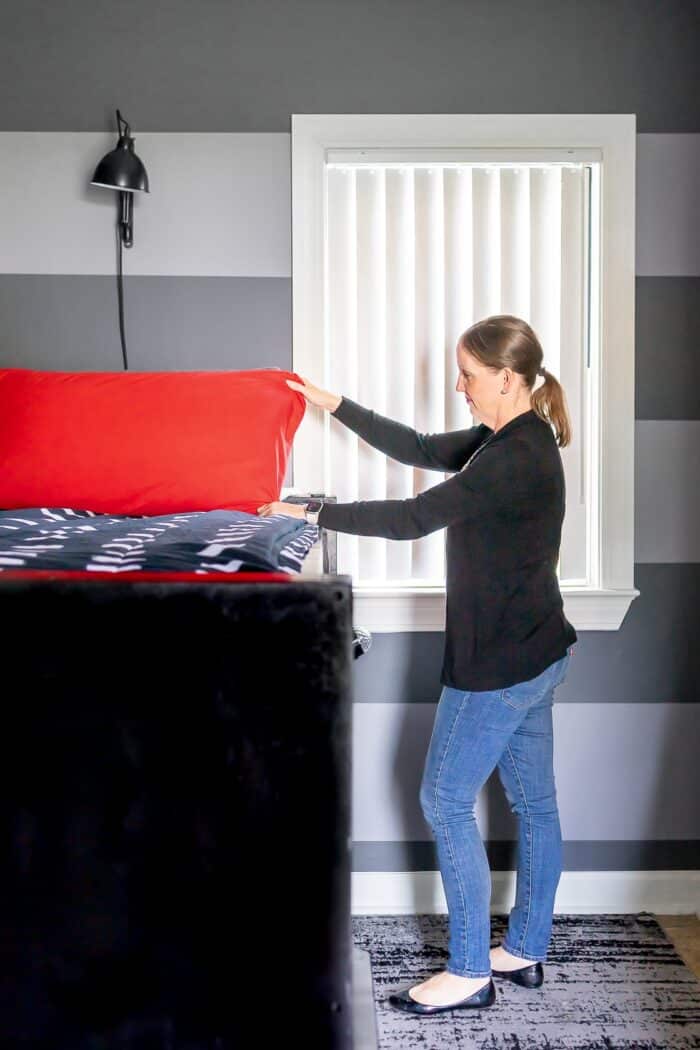
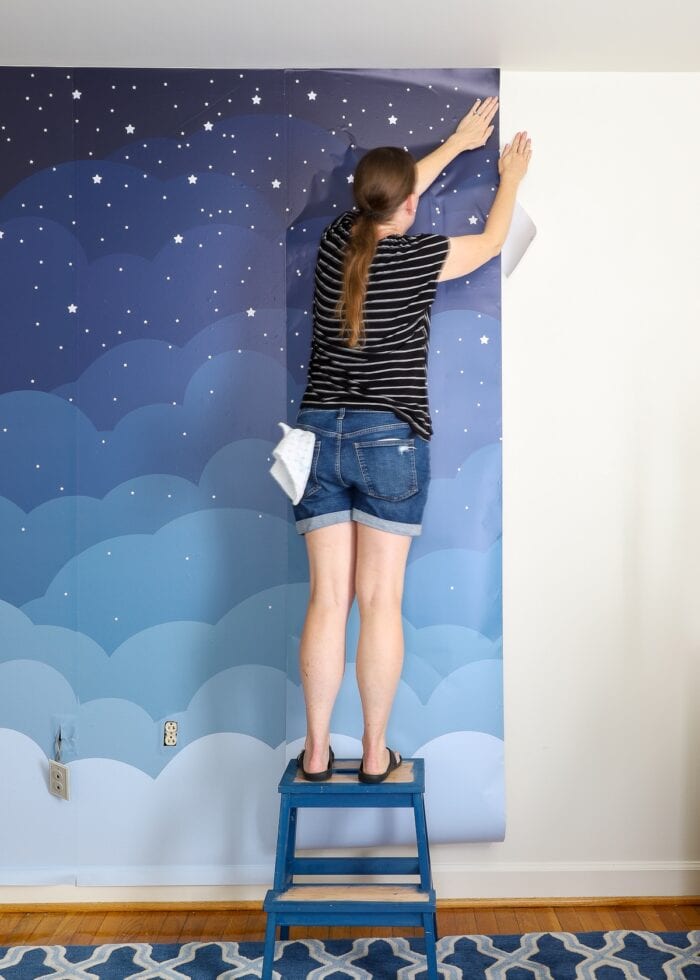
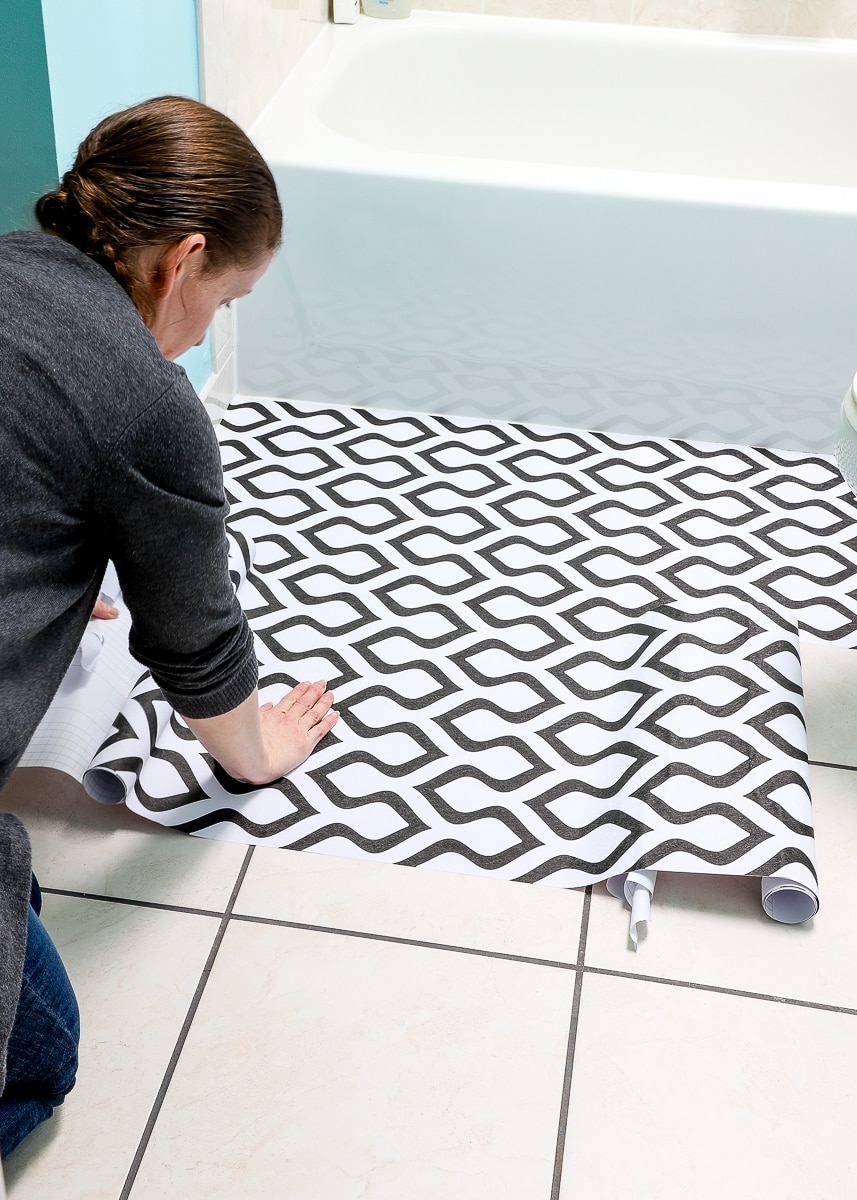
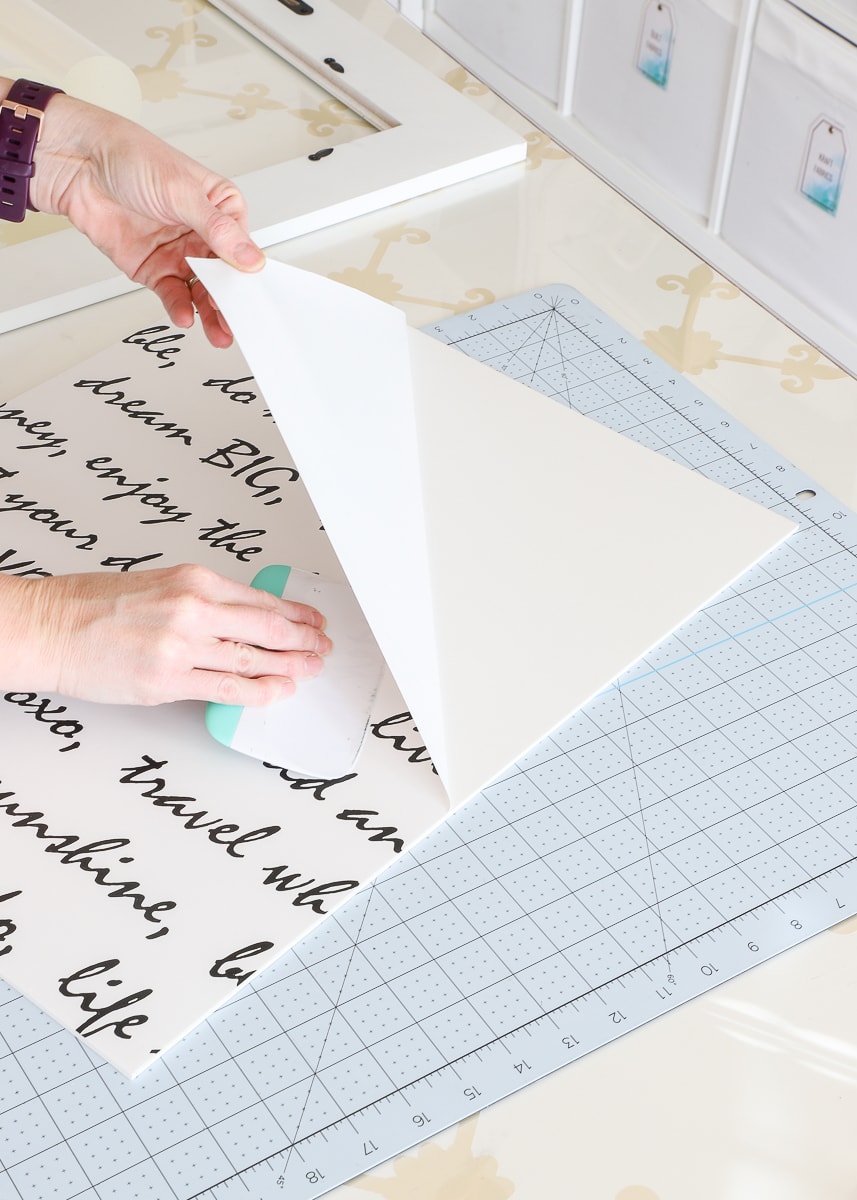
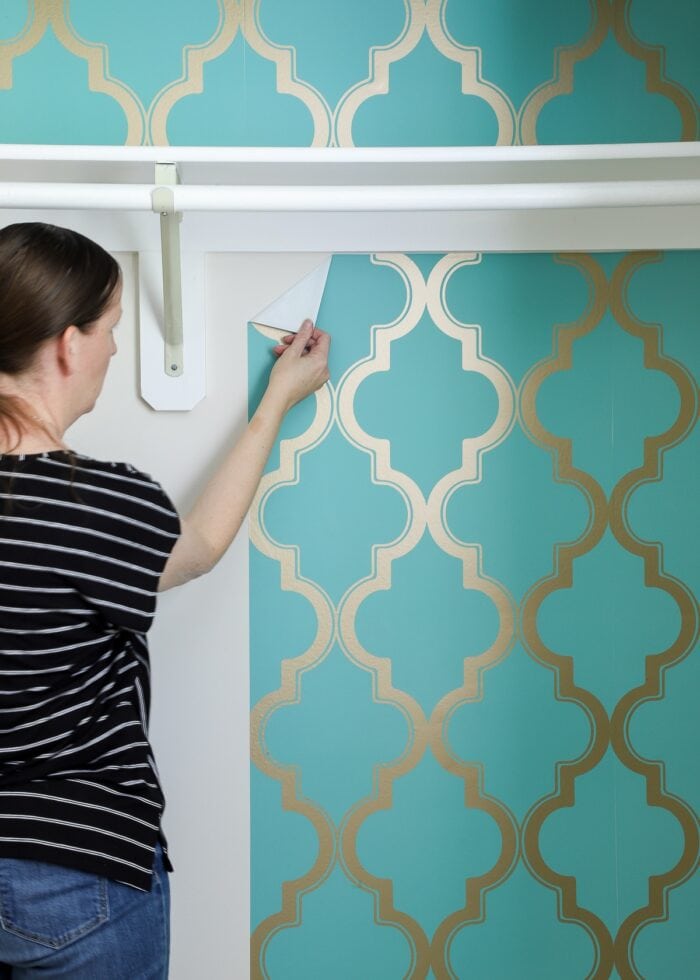
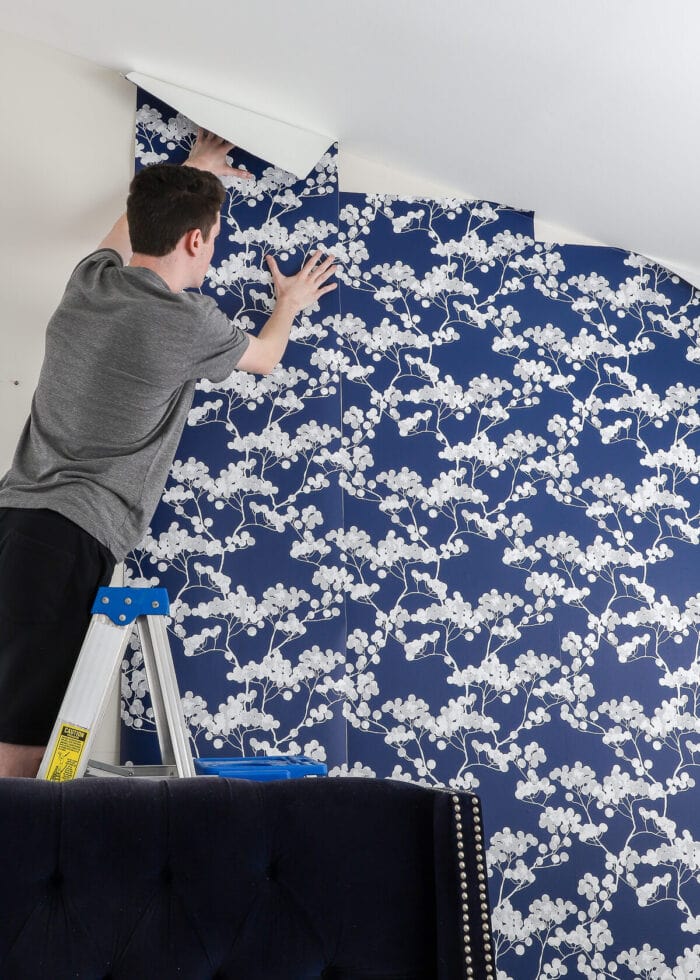
Megan


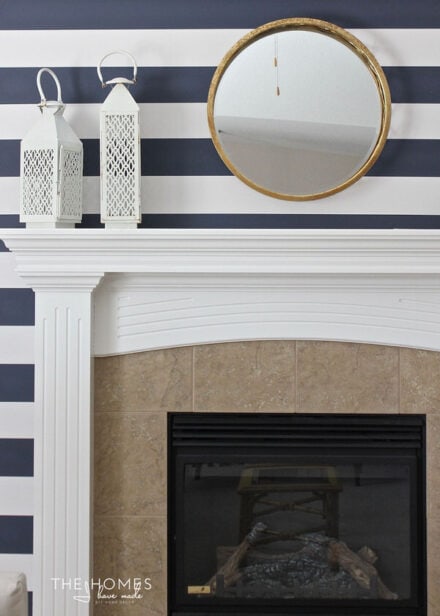
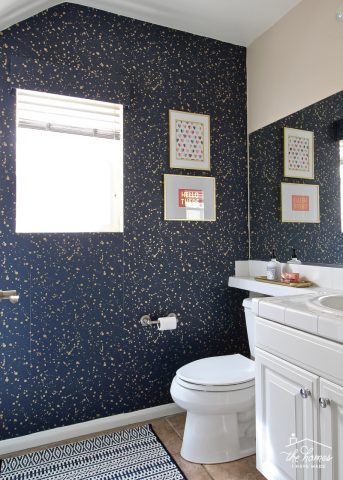
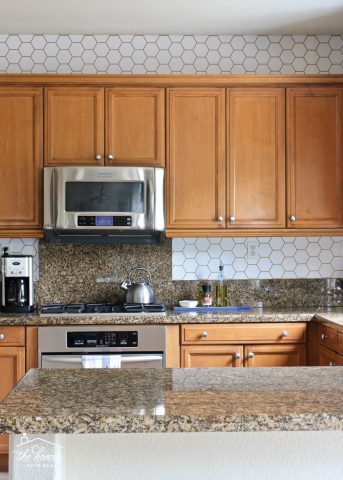
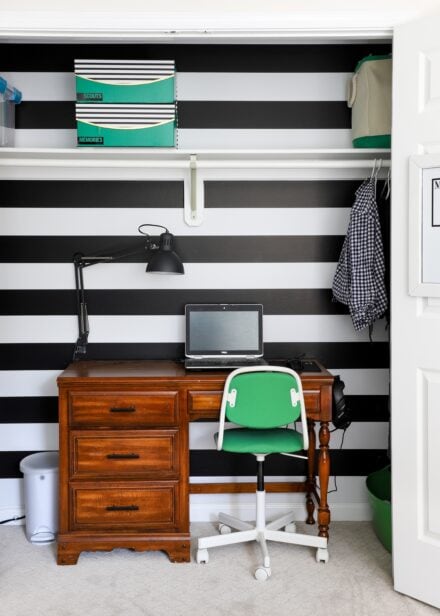
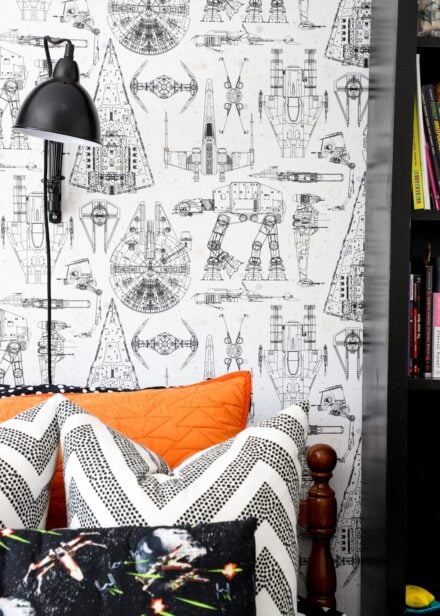
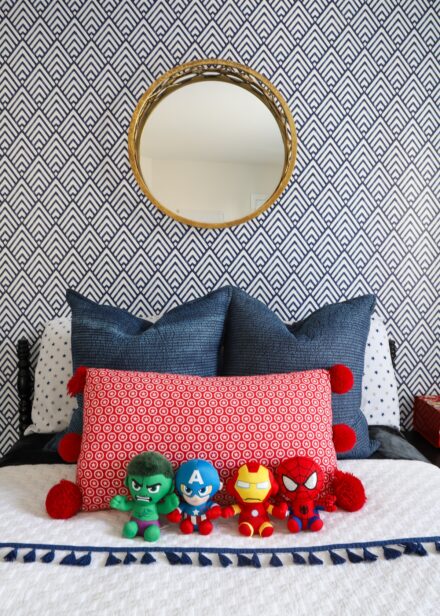
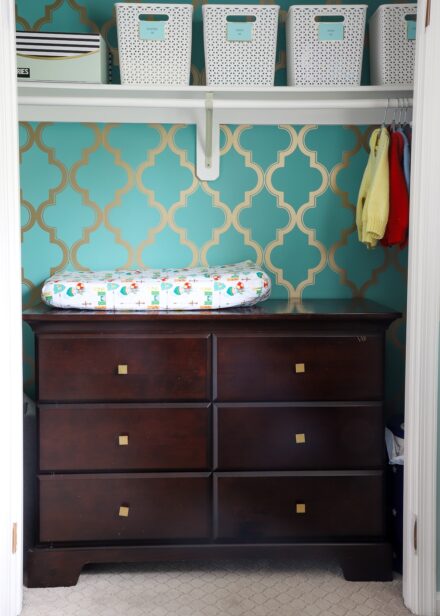
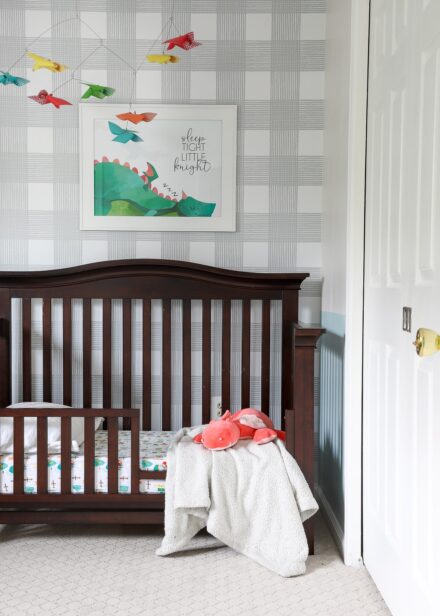
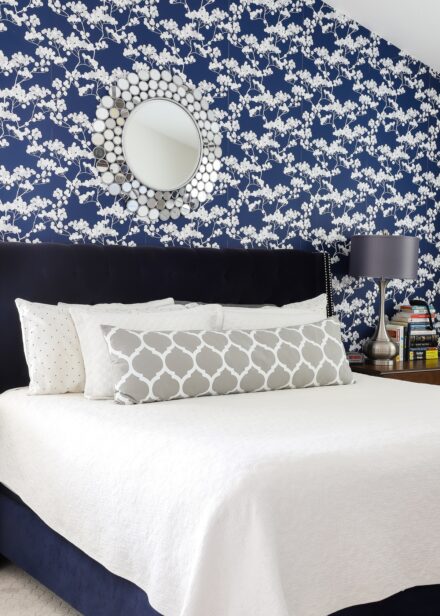
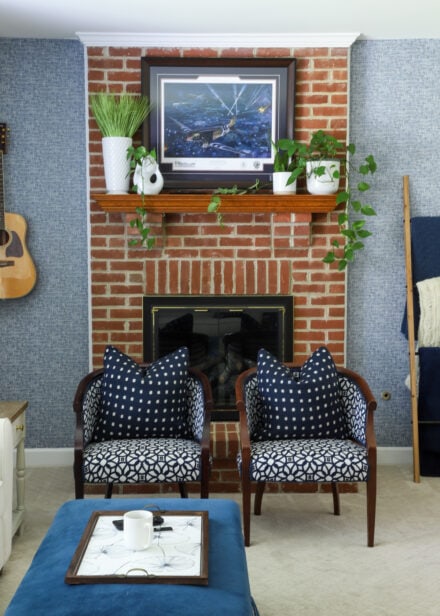
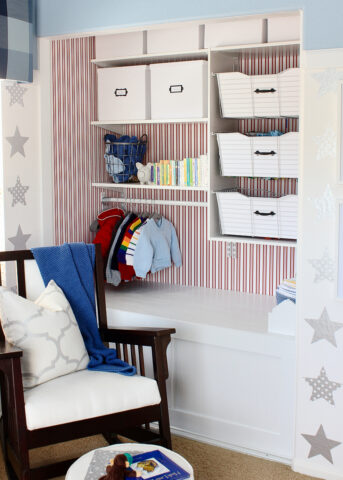
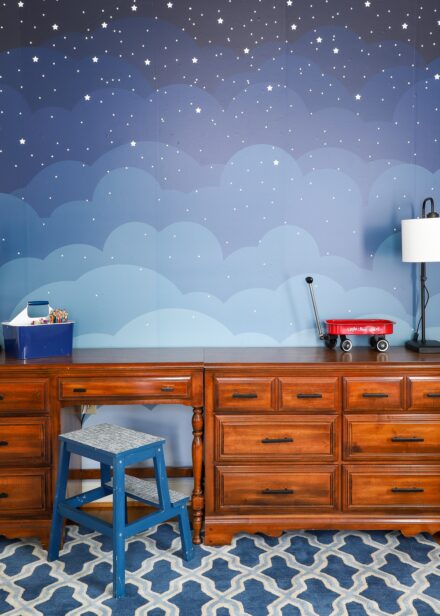
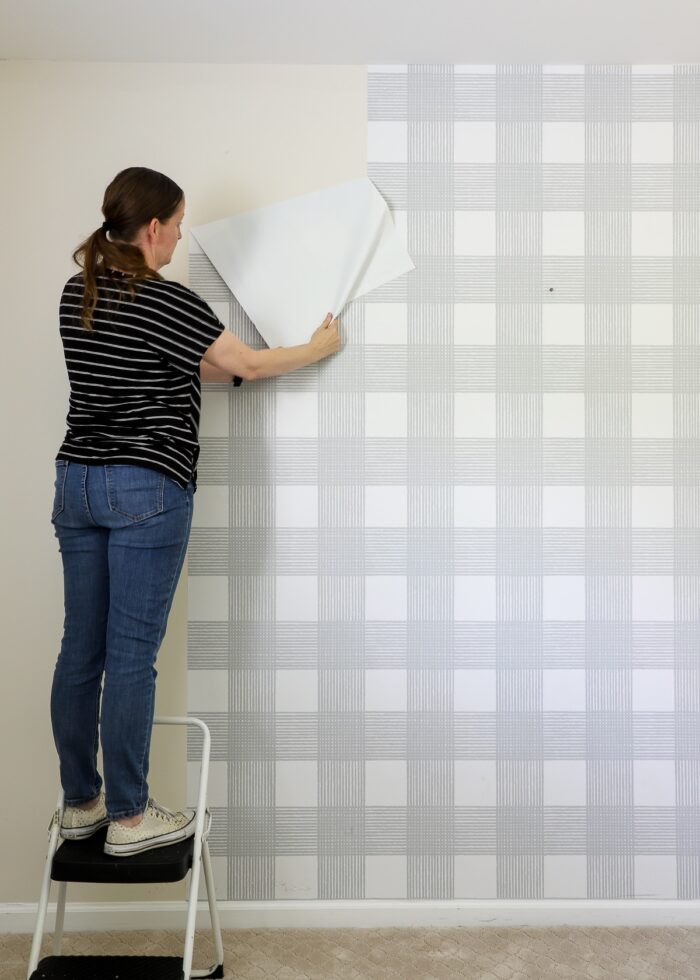
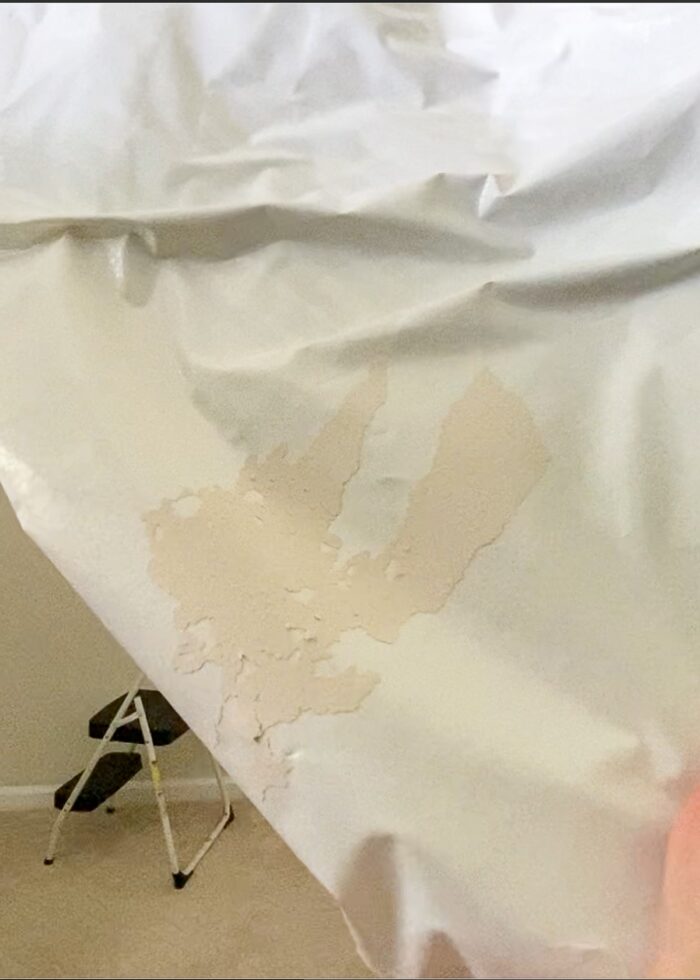
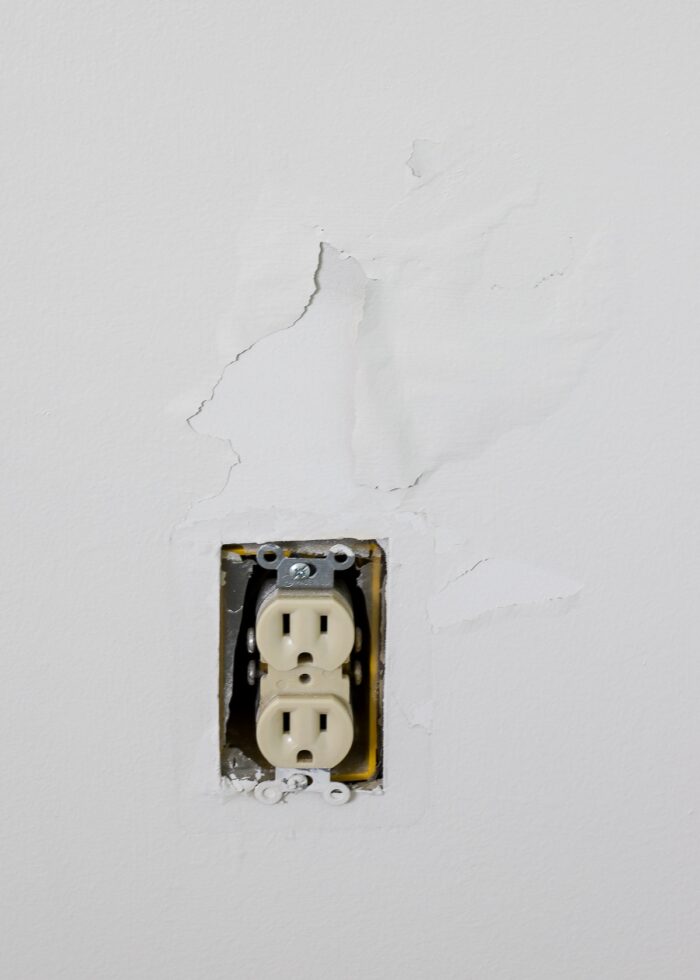
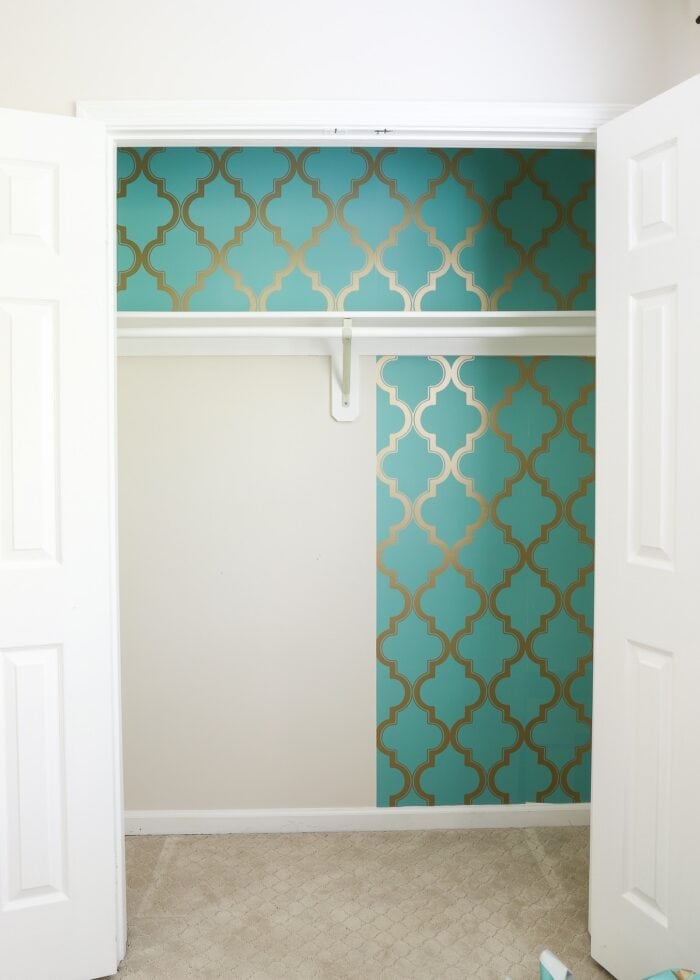
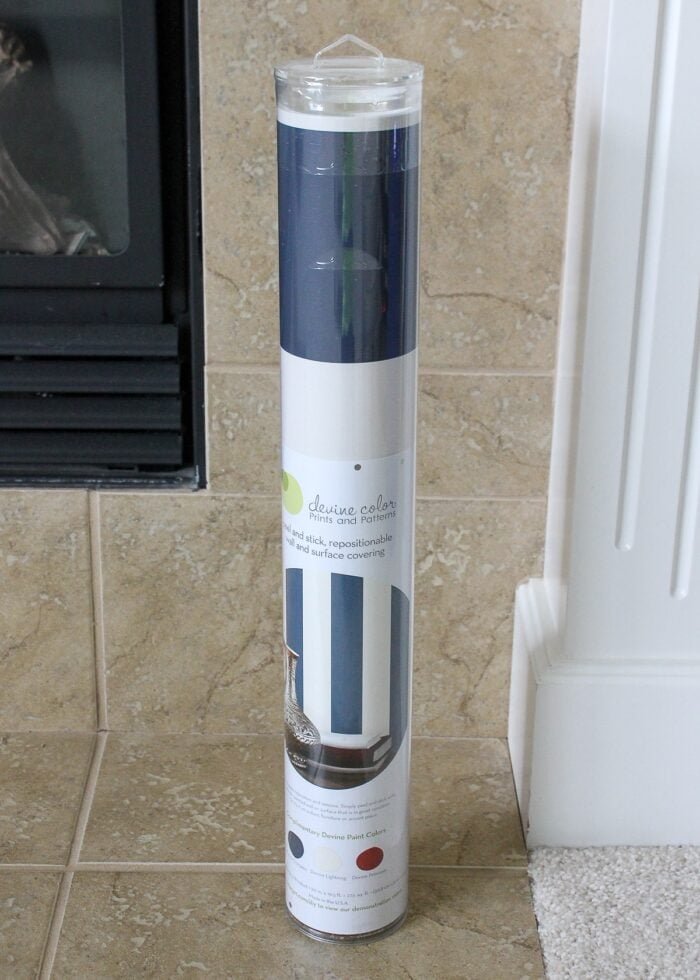
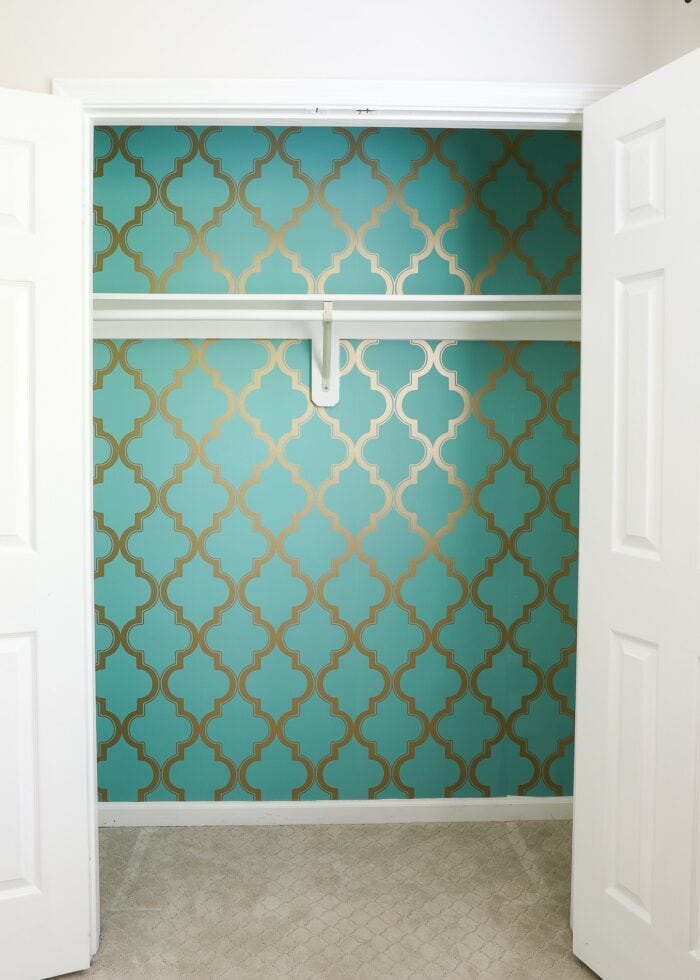
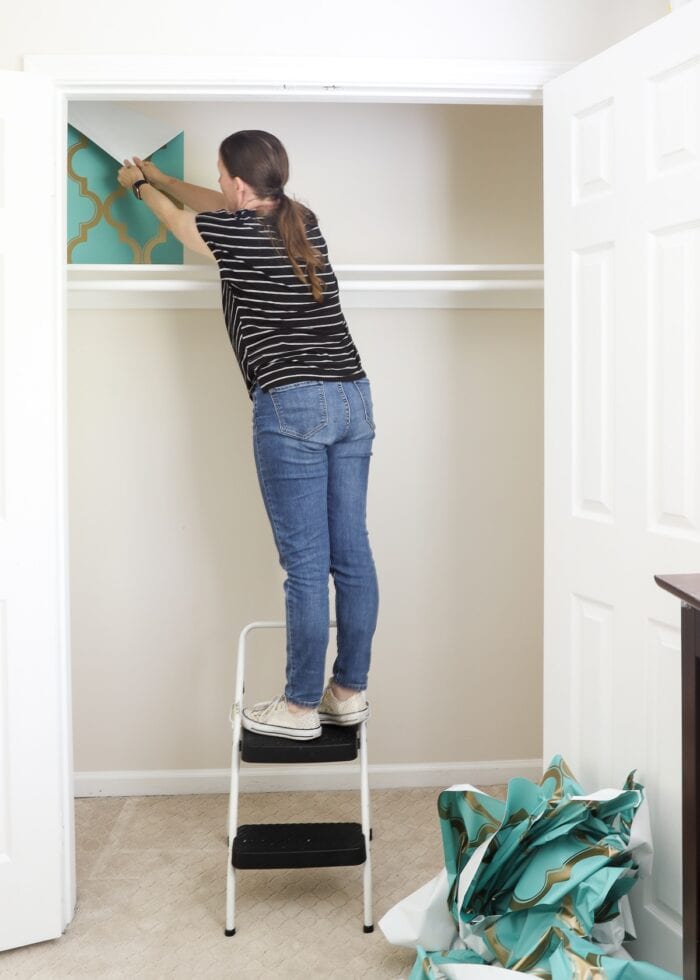
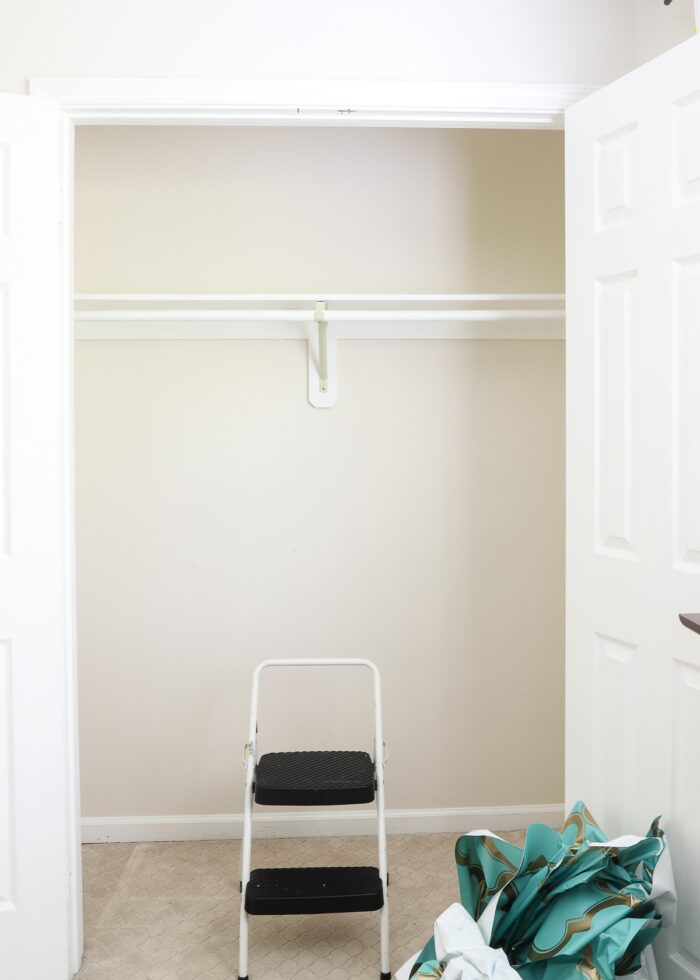
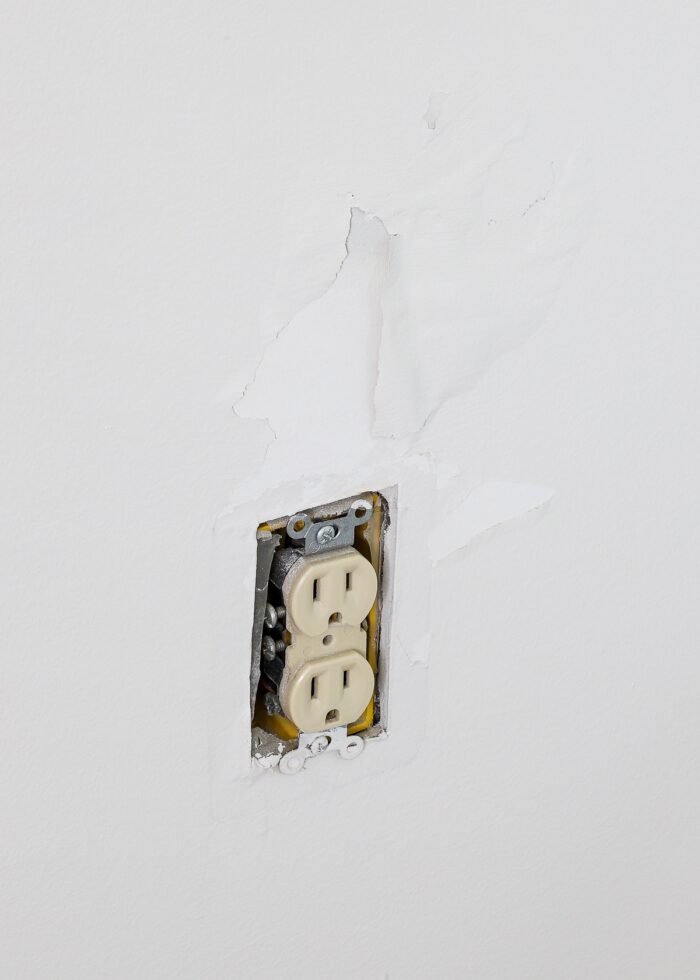
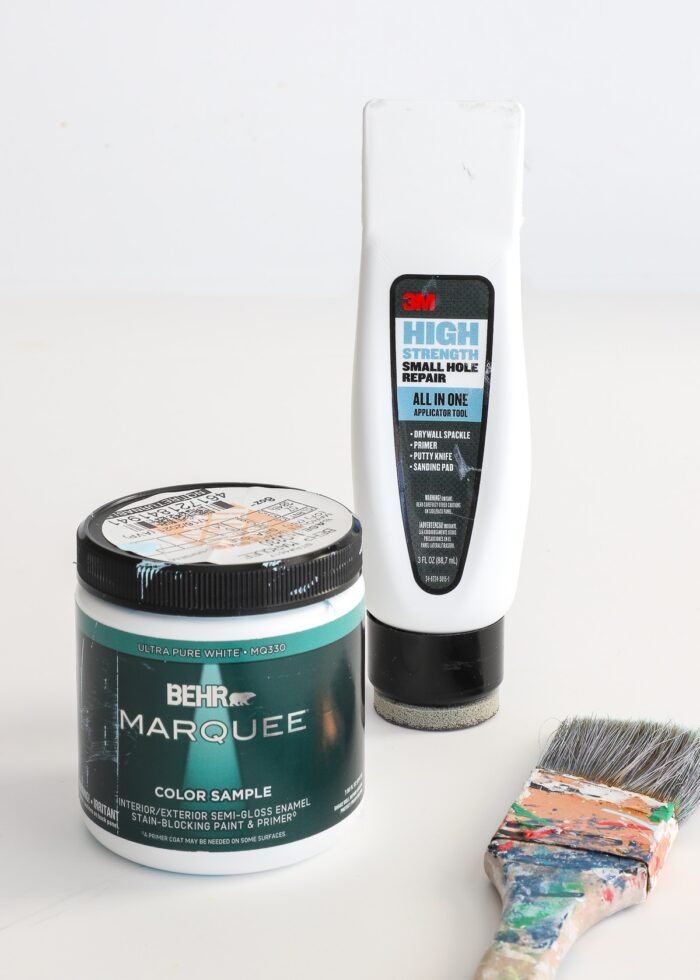
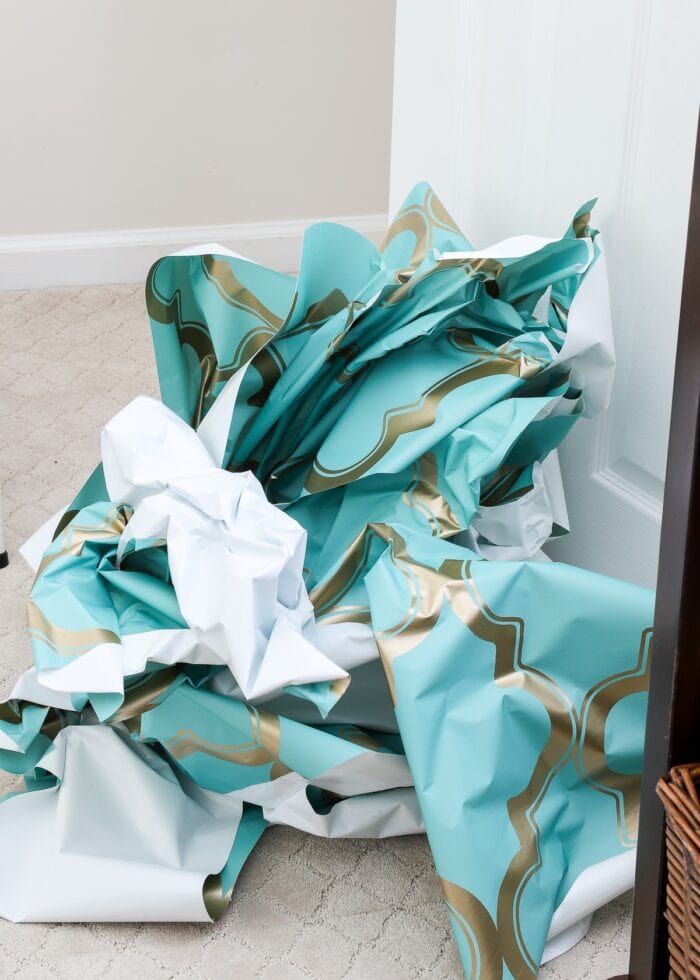
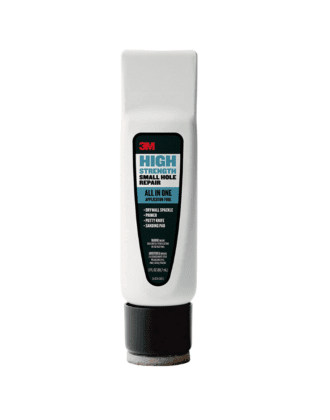
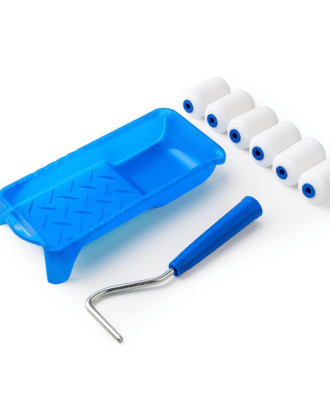
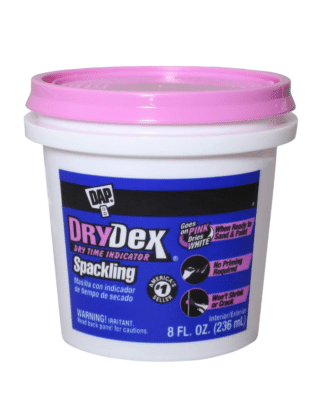
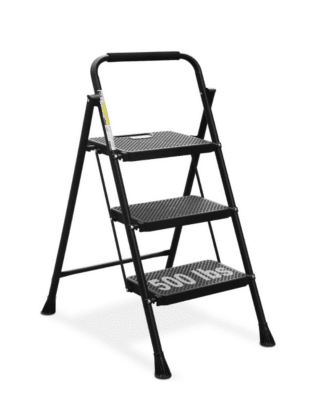
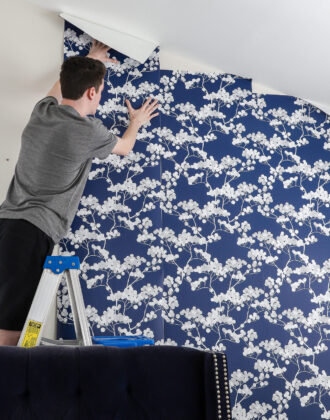
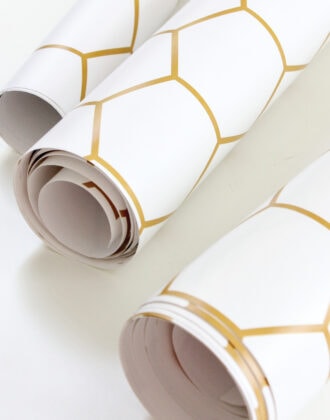
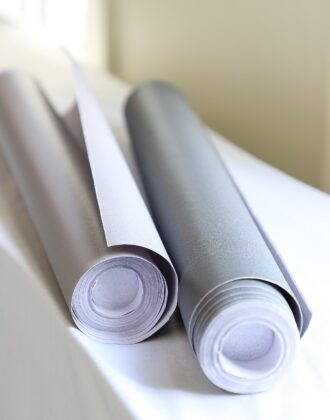
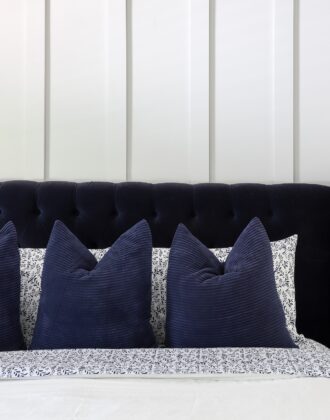

10 Comments on “Does Peel and Stick Wallpaper Damage Walls?”
Saving this information to show my kids. Hoping to get a larger apartment here. If I do I hope to wallpaper a backsplash in the kitchen and bathroom and one wall in the living space. Hope my kids are onboard to fix the damage – I hope to be here another 20 years.
Hi Linda!
Glad my “findings” are encouraging you to give it a try! Can’t wait to hear what your kids think, lol!
Have a good Tuesday!
Megan
It made me want to cry to see you take it all down.
I know! I’ve always wanted to know if you, Megan, have shown your landlord pictures of it right before taking it down and asked if the next family would like it left? SOOOOO many people would love to have your work when opening up a closet door, as it is (1) genius, (2) shows you put a lot of love into their property, and (3) makes the space feel special for the next renter.
Hey Lauren!
It’s funny you bring this up – my friends ALWAYS say this to me – “If only the new people knew what this home looked like before they got it!” This time around actually, the new people did walk through it before I took everything down. They asked me to keep up the family room wallpaper, powder room wallpaper, and the Super Hero bedroom wallpaper (my favorite!); and the Landlord actually agreed! That’s NEVER happened before, but it sure was nice not to have to un-do EVERYTHING!
We’ll see if I have any luck with this next home because I have PLANS! 😉
Megan
Oh, Maggie – you’re too sweet! Yes, it can be sad to pull everything apart, but it’s always exciting for me to know another set of rooms awaits in the next home! I’ve already hung lots in our new spaces, so sit tight to see what I’m up to next 😉
~Megan
I saw your article and just had to read it. It’s comforting to know that should I ever get my nerve up to wall paper, I’ll be rereading your article. Thank you for taking the time to share with all of us.
You are most welcome, Beverly!
I know it looks scary, but it really is a fun product that can really change a space! Keep me posted if you do ever try it!
~Megan
I have flat paint, so I’m nervous about applying this. I saw your post that you’ve applied to matte walls. What was your experience with that? I have had issues with command strips ripping paint off so I’m nervous about doing the wallpaper, but love the look.
Hi Brooke!
Thanks for your comment! I’m not sure I have much more to offer than what is already in my post.
I would consider flat/matte to be essentially the same thing. Can wallpaper peel up the paint? Possibly. But is it easy to fix? Yes.
I don’t think there is a paint or a wallpaper that won’t risk peeking your paint. I’ve used both very expensive and very cheap papers, and there is always a chance. It’s not every time and it’s not a certainty, but it’s always a possibility.
I do recommend testing your paper first before doing a full installation. Then you can see for yourself how much damage it *might* cause.
Hope that helps a bit!Megan